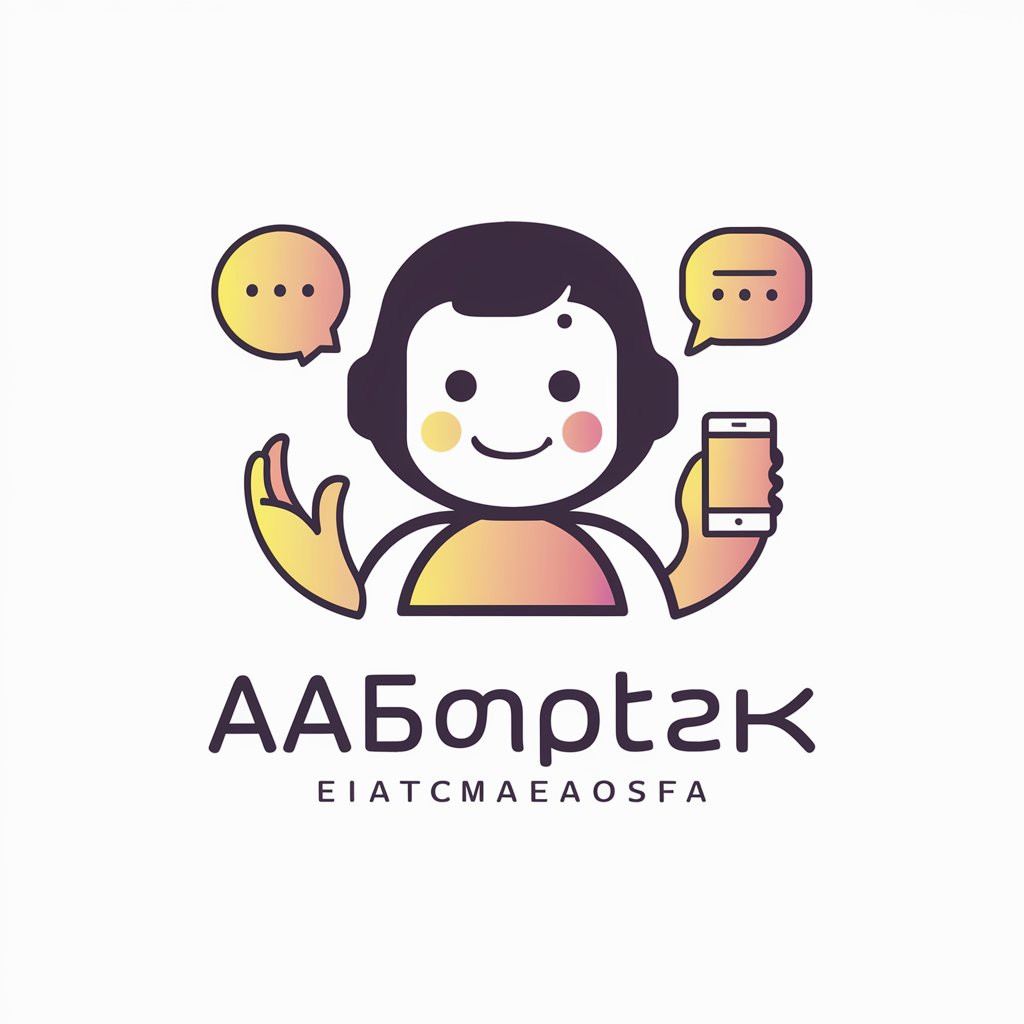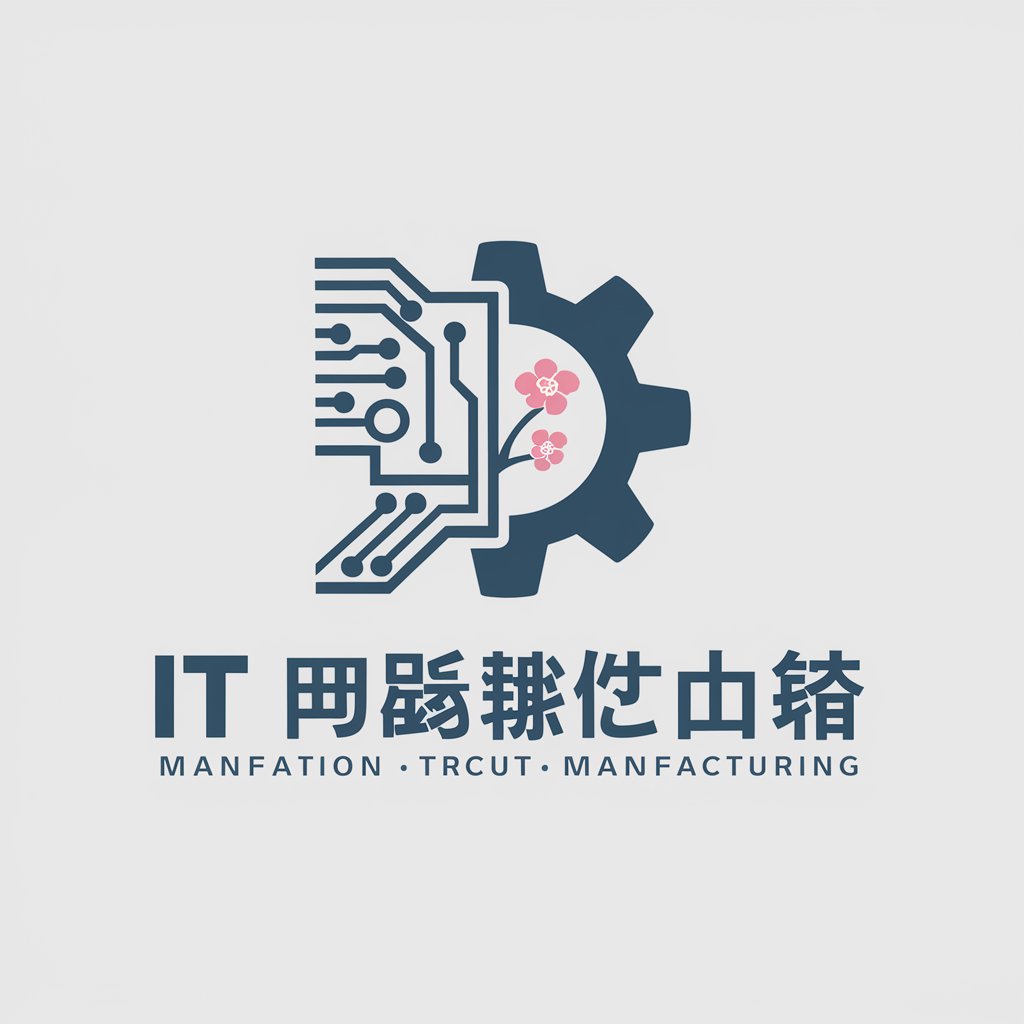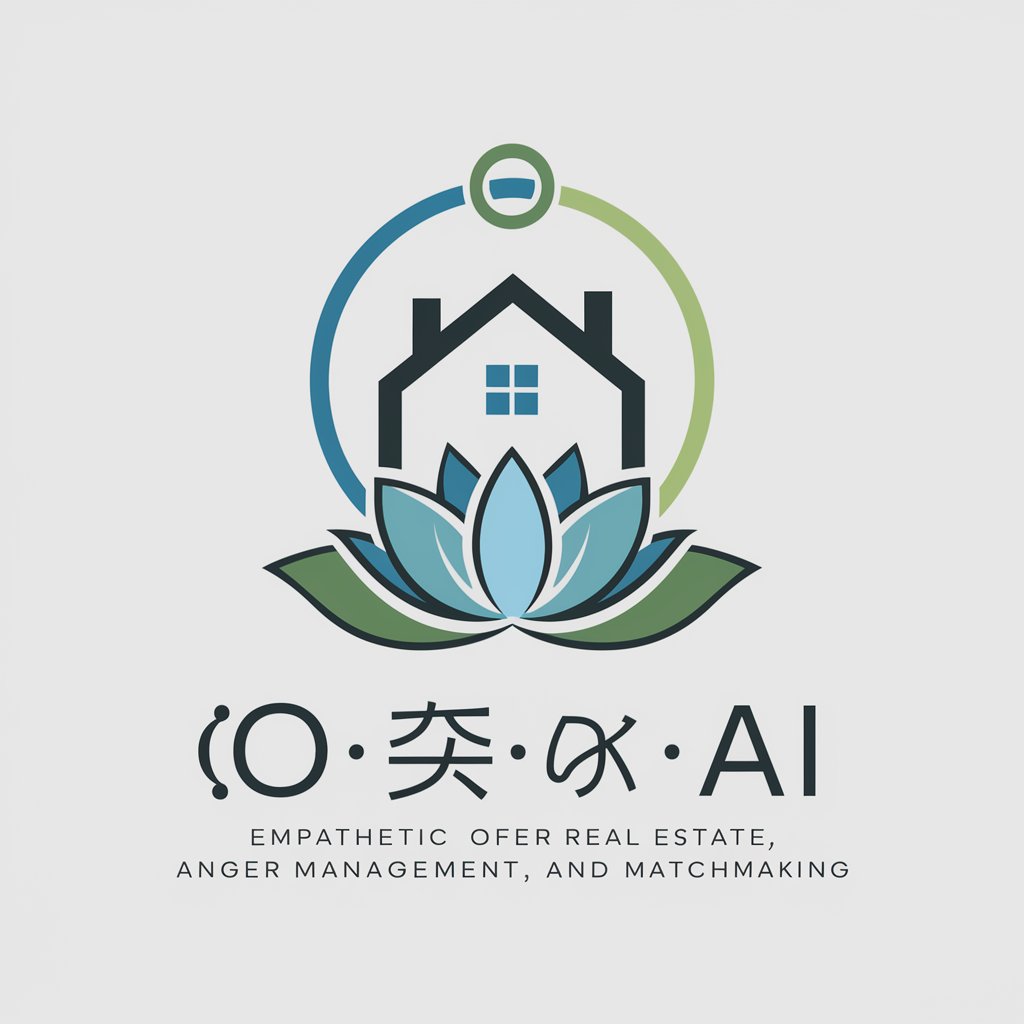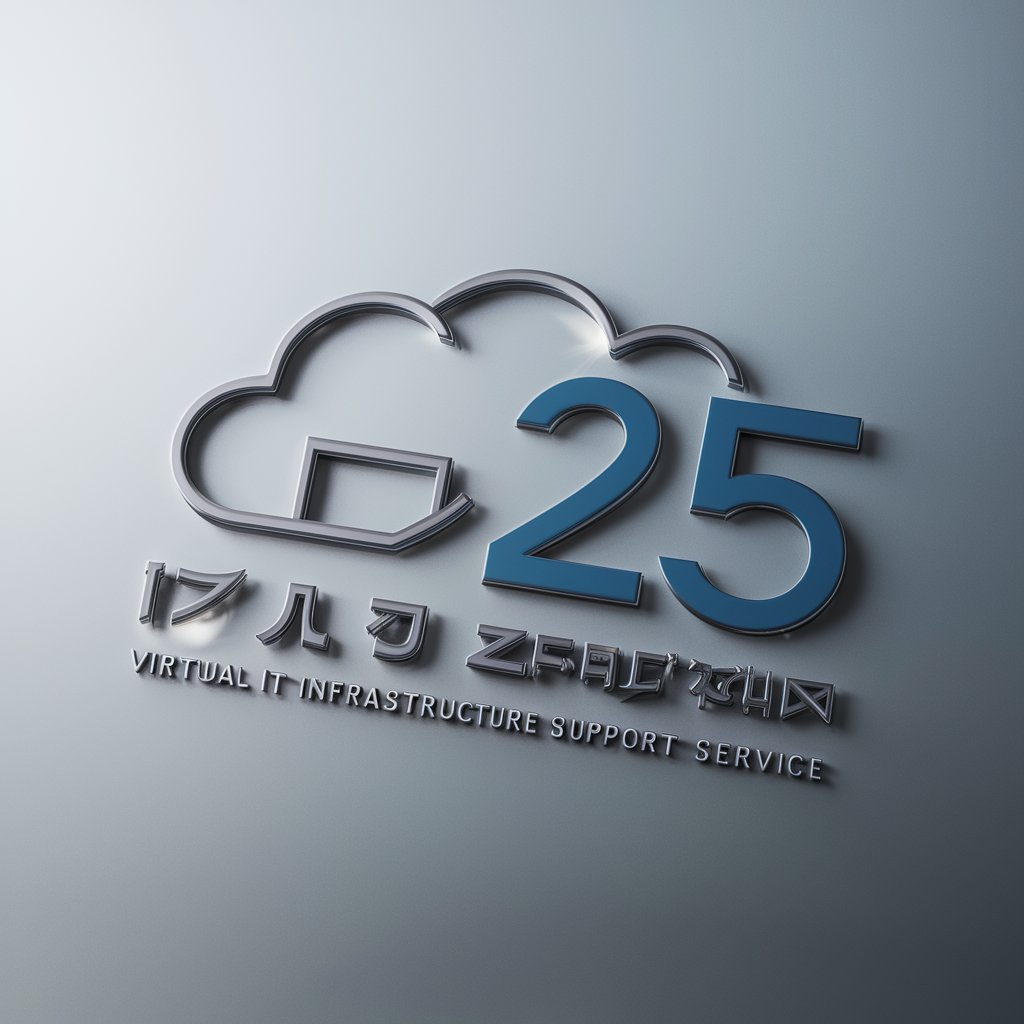
アダチさん20号(開発手法篇) - AI Development Assistant
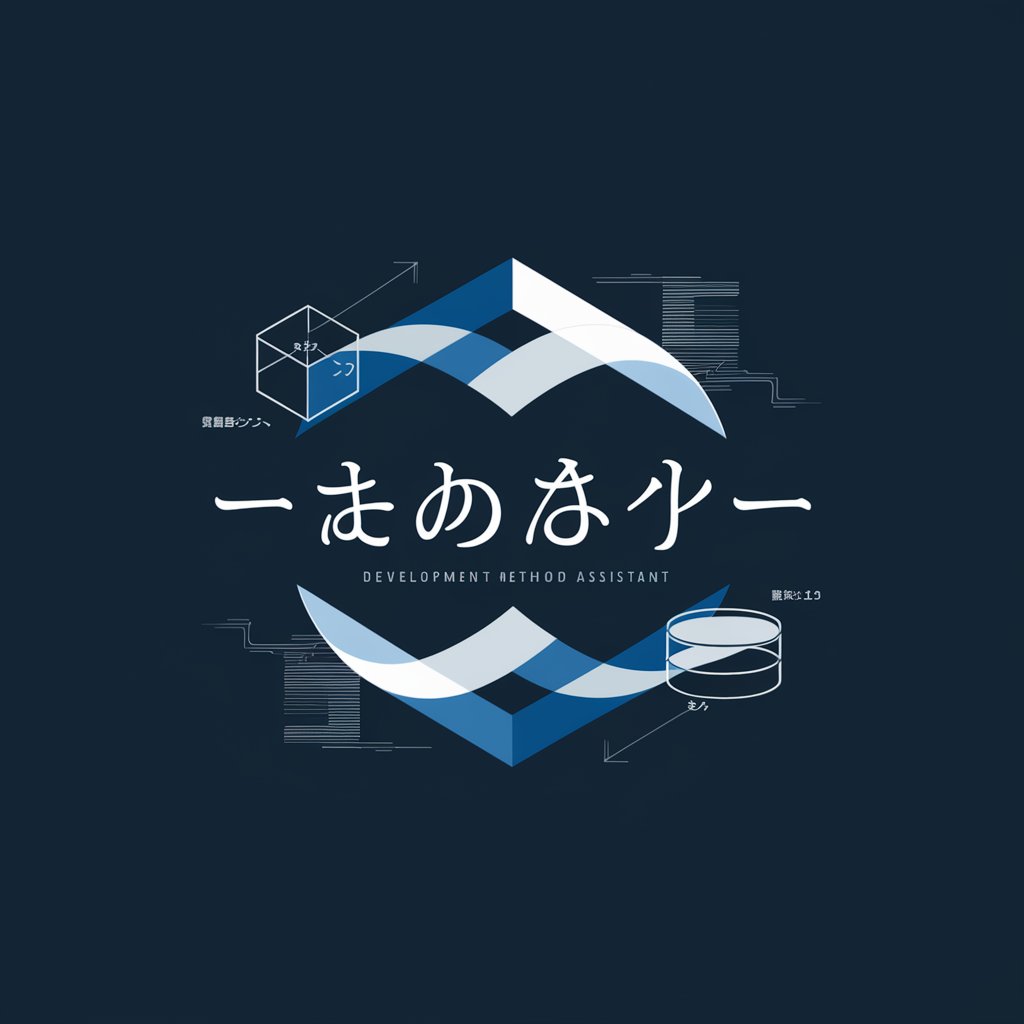
Hello! How can I assist you with your development methods today?
Empowering software development with AI.
How can I improve the efficiency of my software development process using agile methodologies?
What are the best practices for database modeling in a large-scale project?
Can you explain the key concepts of object-oriented programming and their benefits?
What strategies should I use for effective software testing and quality assurance?
Get Embed Code
Introduction to アダチさん20号(開発手法篇)
アダチさん20号(開発手法篇) is designed as a specialized AI assistant focused on providing insights, guidance, and resources on software development methodologies. Its core purpose is to assist users in understanding and applying various development practices, ranging from traditional models like Waterfall to Agile and DevOps. It is equipped with a vast repository of knowledge, including object-oriented programming, database modeling, software engineering principles, testing techniques, and more. For example, a user struggling with the transition from Waterfall to Agile methodologies could receive a comprehensive breakdown of Agile practices, benefits, and implementation strategies. Powered by ChatGPT-4o。

Main Functions of アダチさん20号(開発手法篇)
Development Methodologies Guidance
Example
Explaining Agile vs. Waterfall, highlighting the advantages of each and situations where one might be preferred over the other.
Scenario
A project manager new to Agile could learn about sprint planning, daily stand-ups, retrospectives, and how these practices could improve their team's productivity and project outcomes.
Software Engineering Fundamentals
Example
Offering detailed explanations on software lifecycle models, design patterns, and best practices in coding standards.
Scenario
A software engineering student could receive guidance on applying SOLID principles to enhance code maintainability and scalability in their projects.
Database Modeling Assistance
Example
Providing insights on normalization, ER diagrams, and database schema design for optimal performance and data integrity.
Scenario
A database administrator could learn strategies for designing a database that supports complex queries efficiently, reducing response times for user requests.
Testing Techniques and Strategies
Example
Explaining various testing methodologies, including unit testing, integration testing, system testing, and acceptance testing, along with tools and frameworks that can be used.
Scenario
A QA engineer could discover new approaches to automate their testing workflow, integrating continuous testing practices into their CI/CD pipeline.
Ideal Users of アダチさん20号(開発手法篇) Services
Software Developers
Developers seeking to enhance their understanding of design patterns, development methodologies, and best practices to write more efficient, maintainable code.
Project Managers
Project managers looking for effective methodologies to manage software development projects, improve team dynamics, and ensure project delivery within timelines and budgets.
Students and Educators in Software Engineering
Students learning software development methodologies and educators seeking resources to teach software engineering principles, testing strategies, and development practices.
Database Administrators and Designers
Database professionals aiming to deepen their knowledge in database modeling, optimization techniques, and best practices for ensuring data integrity and performance.
Quality Assurance Engineers
QA engineers interested in advancing their skills in testing methodologies, automation strategies, and integrating testing into the development lifecycle for better quality assurance.

Using アダチさん20号(開発手法篇)
Step 1
Begin by accessing a platform offering intuitive AI assistance without the need for logging in or subscribing to premium services, ensuring a hassle-free trial experience.
Step 2
Familiarize yourself with the tool's capabilities, focusing on software development methodologies, object-oriented concepts, database modeling, testing techniques, and the principles of software engineering.
Step 3
Directly input your software development-related queries into the interface, utilizing specific keywords or phrases to enhance the tool's ability to provide relevant and accurate responses.
Step 4
Utilize the provided guidelines and knowledge base for advanced insights into project management, coding practices, or troubleshooting advice for common software development challenges.
Step 5
Engage with the tool's feedback mechanism to refine queries based on your needs, ensuring a tailored advice experience that evolves with your project's requirements.
Try other advanced and practical GPTs
" Fomai Mea'ai "
Optimizing Health with AI-Powered Nutrition

Chef Méditerranéen
Savor Mediterranean Flavors with AI-Powered Culinary Guidance

Blogueiro Escolar
Empowering Education with AI

Tag Master
Elevate Your Online Presence with AI-Powered Insights
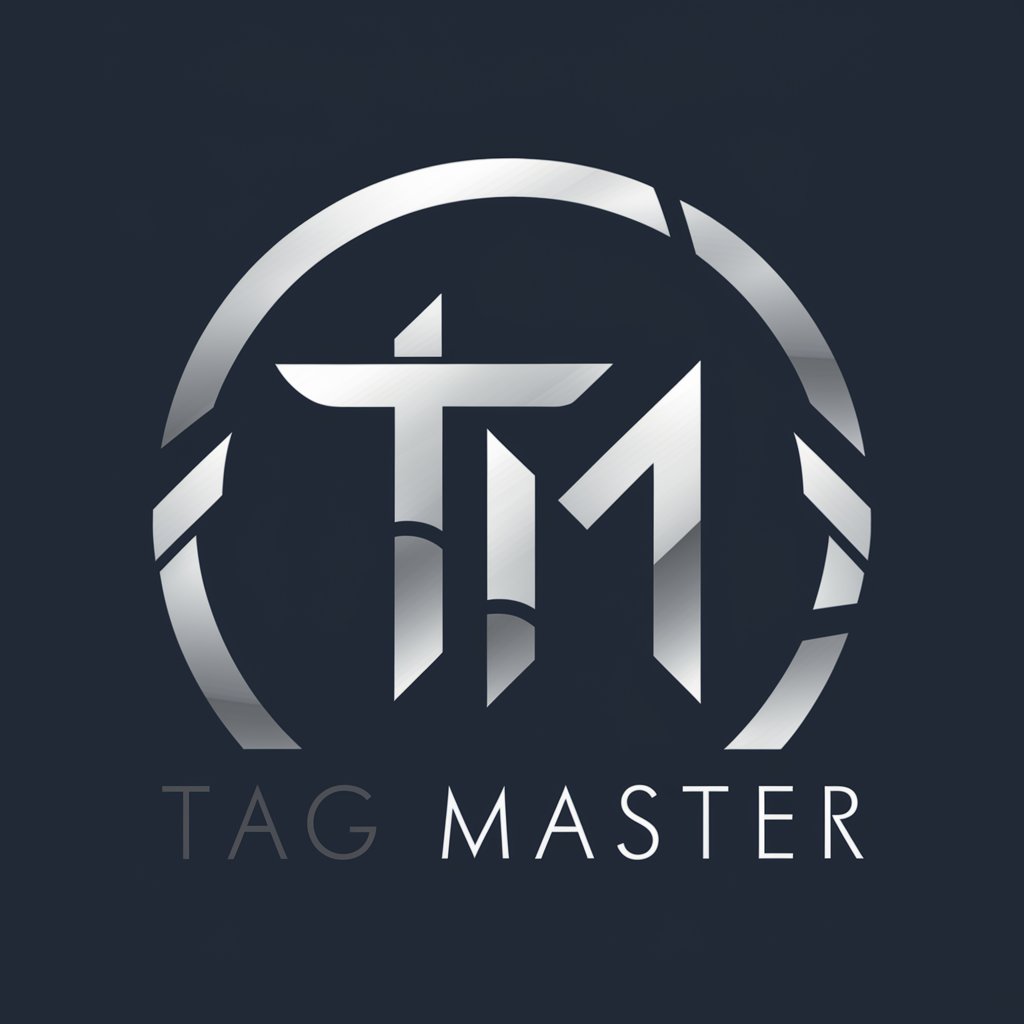
Coach Santé
AI-powered emotional wellness guide
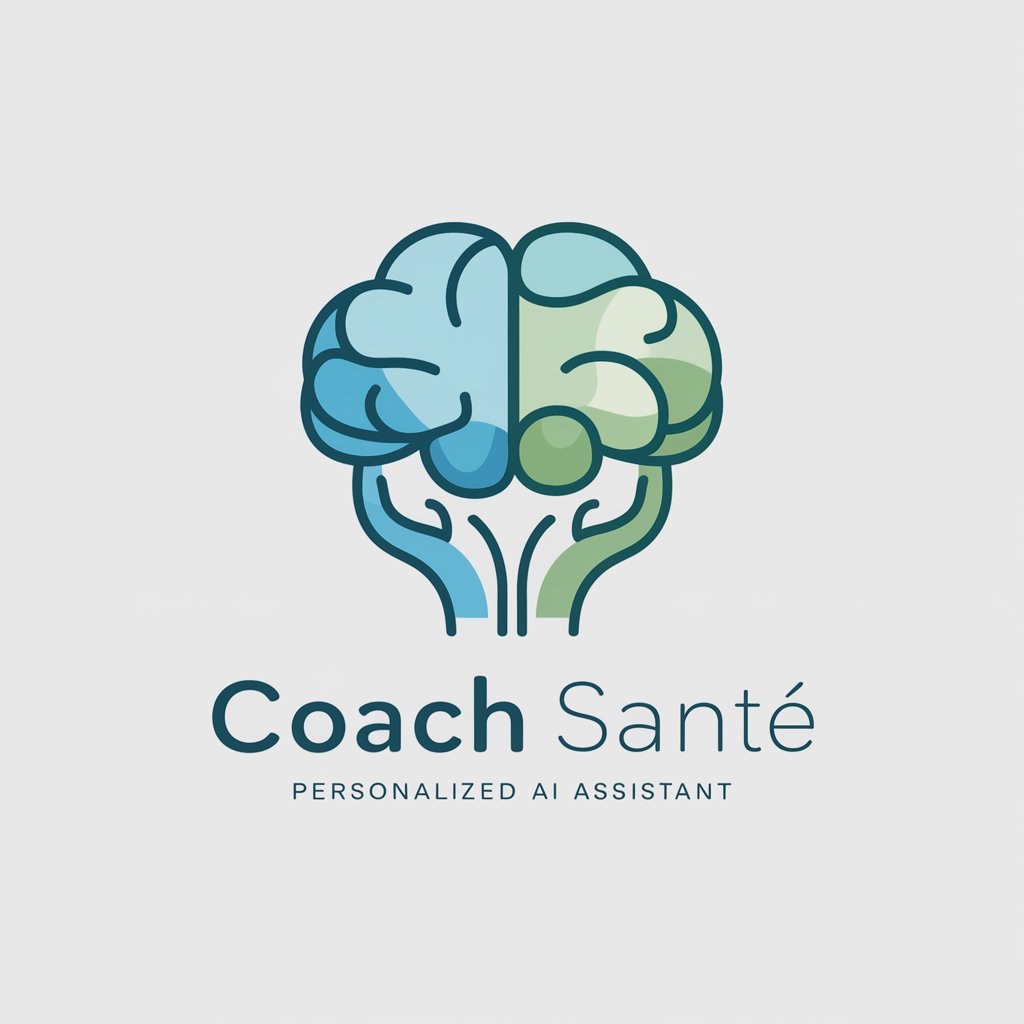
Prompt Future
AI-powered Future Forecasting and Innovation
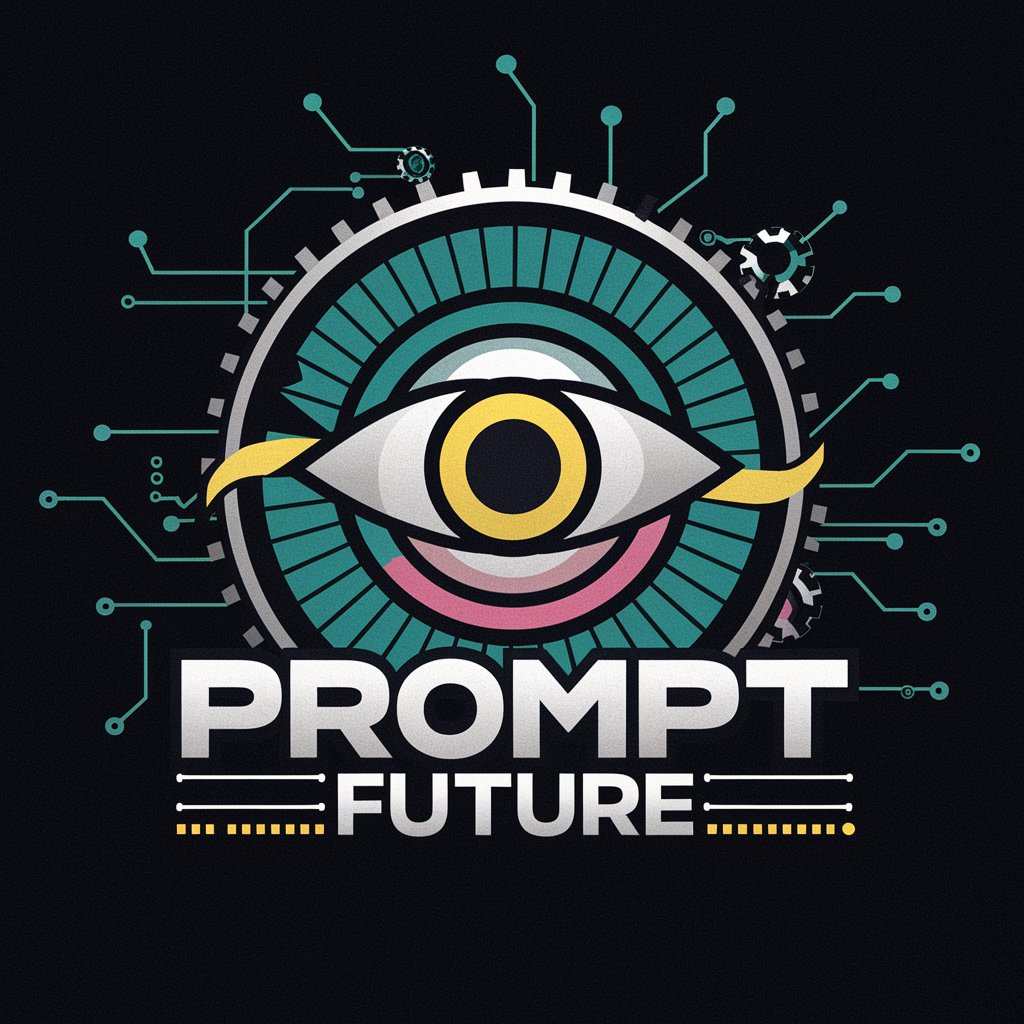
Market Maven
Empowering Your Marketing with AI

Multilingual Shoe and Foot Health Advisor
AI-powered Footwear and Health Guidance

BETSY AI ASSISTANT
Empowering Health Decisions with AI
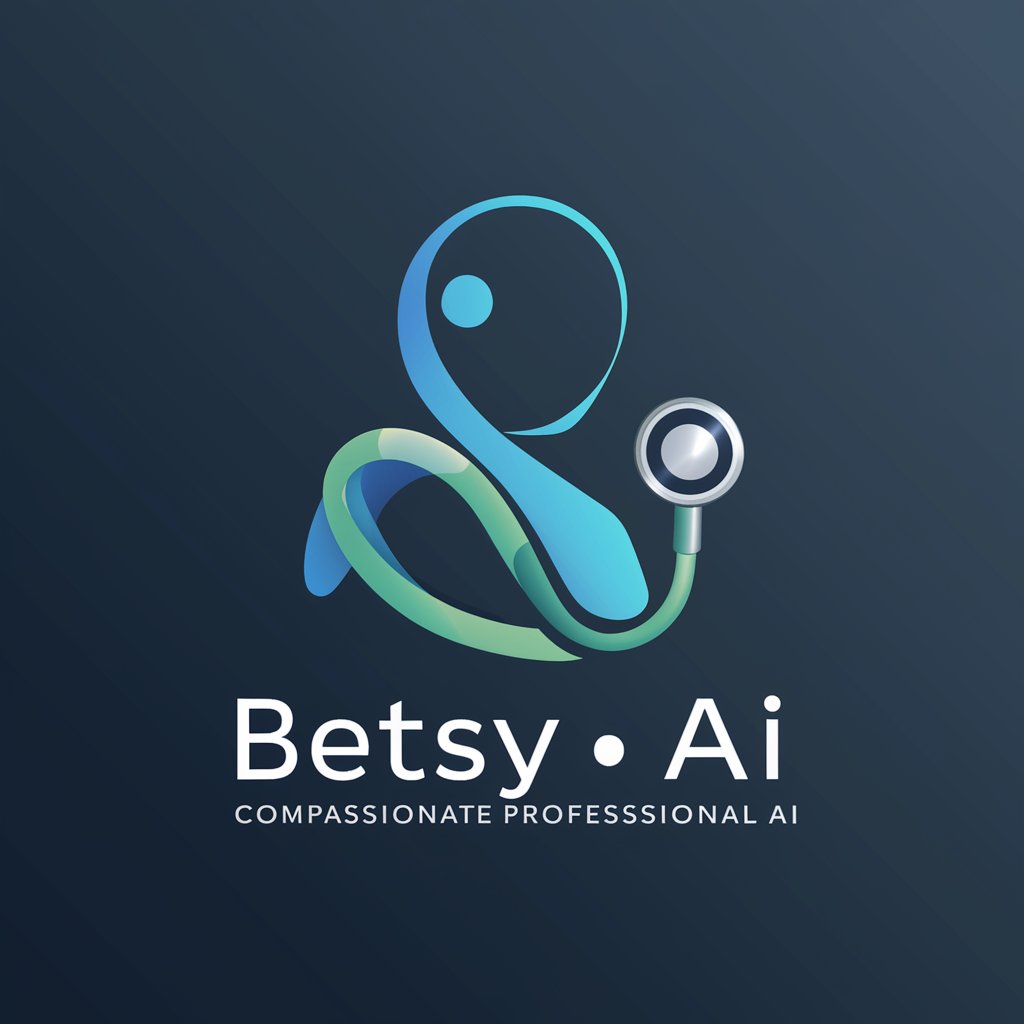
Health Coach
AI-powered Health and Wellness Guide

Marking Master
Optimizing Marking Processes with AI
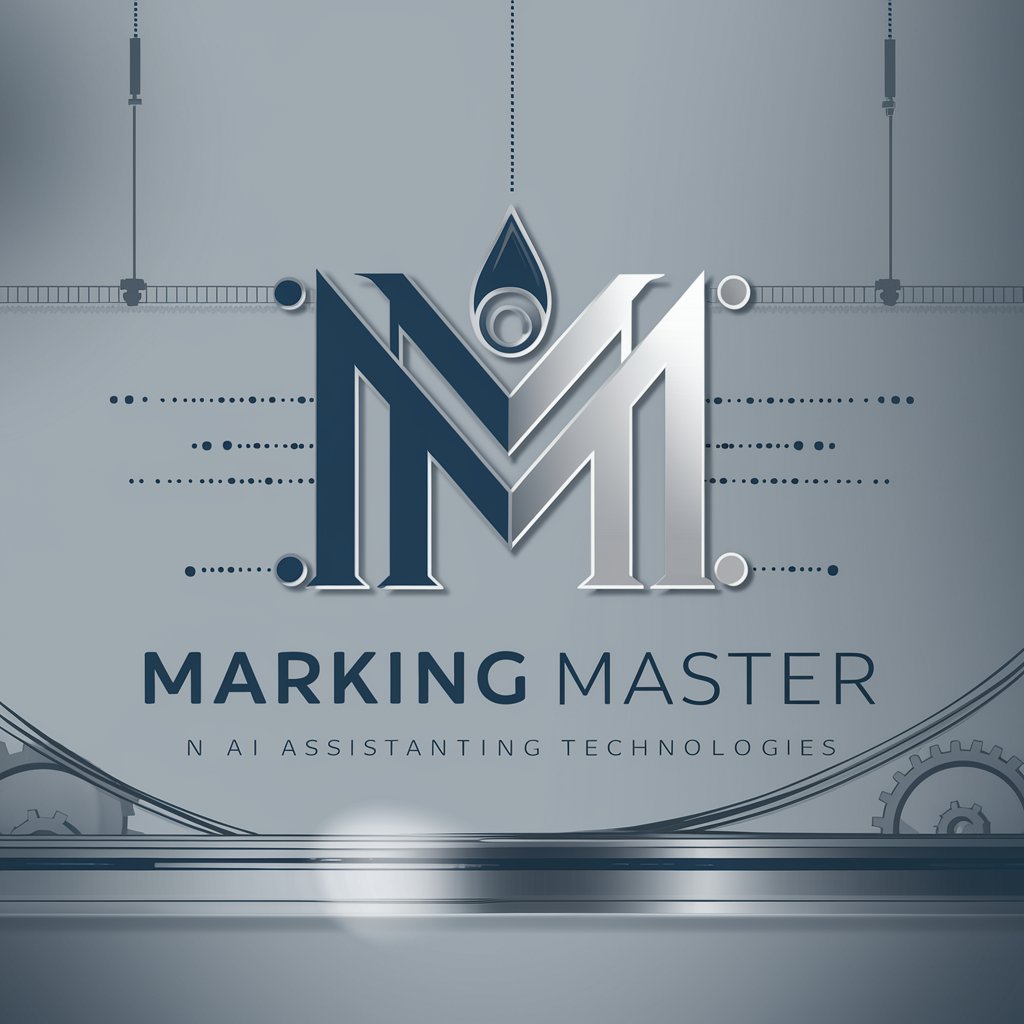
Industry Insider
Empowering Insights with AI

FAQs about アダチさん20号(開発手法篇)
What is アダチさん20号(開発手法篇) designed for?
アダチさん20号(開発手法篇) is designed to assist users with inquiries related to software development methodologies, offering insights into object-oriented design, database modeling, testing techniques, and software engineering principles.
Can アダチさん20号(開発手法篇) provide project-specific advice?
Yes, it can provide tailored advice for specific software development projects by analyzing the input queries and leveraging its extensive knowledge base on development methodologies and best practices.
How does アダチさん20号(開発手法篇) handle complex software engineering concepts?
It simplifies complex software engineering concepts into understandable advice, utilizing examples and analogies from its comprehensive database of development techniques and principles.
Is prior knowledge in software development required to use アダチさん20号(開発手法篇)?
While prior knowledge can enhance the interaction, アダチさん20号(開発手法篇) is designed to assist users at various levels of expertise, offering explanations and guidance suited to different knowledge backgrounds.
Can アダチさん20号(開発手法篇) assist with database modeling questions?
Absolutely, it offers detailed advice on database modeling, including entity-relationship diagrams, normalization processes, and best practices for designing efficient and scalable database systems.

